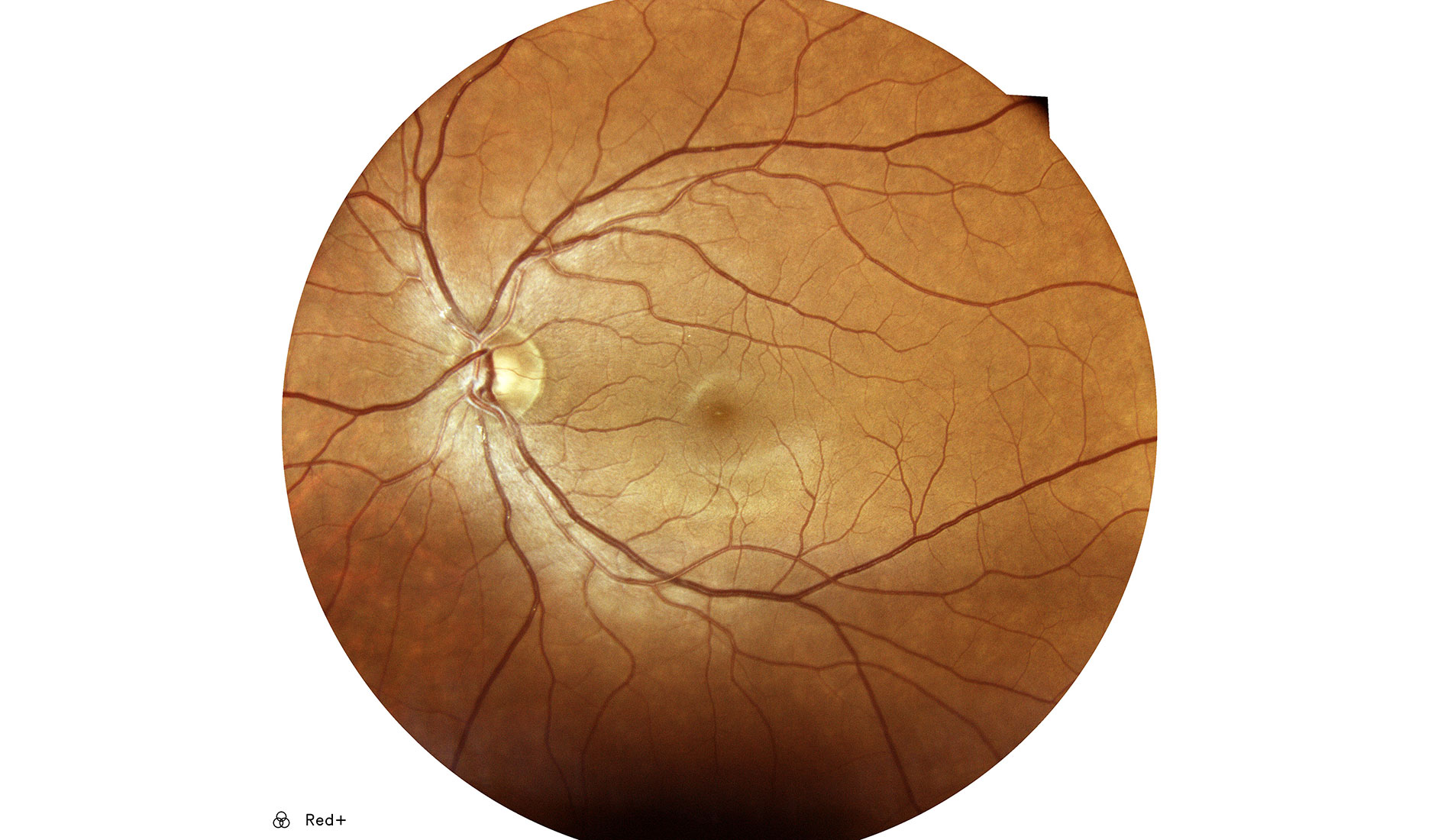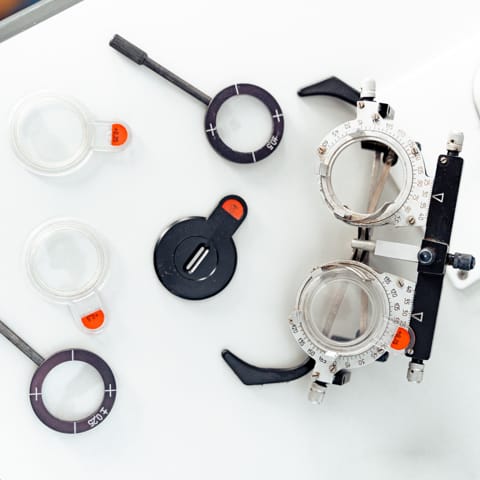Detecting & Diagnosing Eye Diseases
An eye exam is an important part of preventive healthcare. During an eye exam, Dr. Kapoor will thoroughly check your eyes for any eye diseases such as glaucoma, cataracts, and macular degeneration.
Many eye diseases can damage your vision permanently and progress without any noticeable symptoms, particularly in the beginning.
Early identification is crucial for treating and managing eye diseases. If your optometrist catches them early enough, they may be able to slow down progression or prevent vision loss.
Your sight is precious. Safeguard it today with a comprehensive eye exam.
Request Appointment

Diabetic Eye Diseases

People with diabetes are at an increased risk of eye diseases like diabetic retinopathy and diabetic macular edema, which can lead to irreversible vision loss.
Diabetic retinopathy often progresses slowly and, like many eye diseases, may not present visible symptoms until irreversible vision loss occurs. Diabetic macular edema is quite serious and can impact the ability to read, write, drive, and recognize faces.
Both conditions can be identified early with a comprehensive diabetic eye exam. If you have diabetes, book your appointment now.

Glaucoma
Glaucoma is a group of eye diseases generally characterized by damage to the optic nerve, usually by high intraocular pressure.
Pressure builds up inside the eye, damaging the optic nerve and causing irreversible vision loss. Often, the progression of glaucoma is slow and not easily noticeable, earning the disease the nickname "the silent thief of sight."
There are several types of glaucoma. Click on each title to learn more.
Open-Angle Glaucoma
Fluid buildup caused by blockage of the eye’s drainage channels can increase intraocular pressure (IOP) and cause open-angle glaucoma. Generally, peripheral vision is the first thing impacted, followed by central vision.
Angle-Closure Glaucoma
Angle-closure glaucoma occurs when the space between the iris and cornea narrows, trapping fluid in the eye. When the pressure rises as a result of this fluid, angle-closure glaucoma occurs.
It can appear suddenly (acute) or progress gradually (chronic). Acute angle-closure glaucoma is a medical emergency. Sudden onset headaches, blurry vision, eye redness, or halos appearing around lights mean you should call your optometrist immediately.
Other Types of Glaucoma
Secondary glaucoma occurs when intraocular pressure is caused by eye trauma, injury, or infection.
When the optic nerve is damaged, but intraocular pressure remains within normal range, normal-tension glaucoma may be the cause.
Glaucoma Risk Factors
Glaucoma risk factors may include:
- A family history of glaucoma
- Extreme refractive errors
- Past eye injury or trauma
- Use of certain medications
- Heart disease, diabetes, or high blood pressure
Cataracts
As you age, the clear lens of your eye can thicken and become opaque. This is called a cataract. They are often the result of the normal aging process, though there are cases where cataracts are present at birth.
Symptoms of Cataracts
Cataracts generally develop without pain or redness. Some symptoms of cataracts might include:
- Foggy or blurry vision
- Difficulty seeing at night
- Seeing halos around lights
- Muted color vision
- Sensitivity to light
Preventing Cataracts
Cataract growth can be slowed by protecting the eyes from UV rays—a great pair of sunglasses can help! Eating foods rich in antioxidants like blueberries, apples, artichokes, and dark green veggies like kale and broccoli may also help to prevent cataracts.
Cataract Treatment
Often, obstructions to vision as a result of cataracts can be remedied through corrective lenses. But, cataracts can increase in size and may get to a point where glasses or contact lenses no longer provide the vision you want. In this case, we may recommend surgery.
If you’re having difficulty driving or performing your job safely, are struggling to watch television or read, or are experiencing challenges with daily activities that decrease your quality of life, it might be time to explore surgery.
Cataract surgery is safe and effective, and we will help you understand the procedure and your options.
Age-Related Macular Degeneration
Age-related macular degeneration (AMD) causes the breakdown of the macula, the area of the eye responsible for central vision. Damage to the macula can lead to central vision loss.
The central vision is responsible for reading, writing, driving, and recognizing faces, so any loss of vision in this area may make day-to-day tasks difficult.
People with AMD may not experience any pain or symptoms as the disease progresses. If straight lines begin to appear wavy or your central vision blurs in a way that glasses cannot correct, it’s time for an eye exam.
There are 2 types of AMD: dry and wet.
Dry AMD
Dry AMD is the most common type of AMD, accounting for the majority of cases. It occurs when parts of the macula become thinner due to aging and accumulate tiny clumps of protein.
Wet AMD
The less common type of the disease, wet AMD, is responsible for the majority of cases of blindness as a result of AMD. Wet AMD occurs when blood vessels grow under the retina and leak fluid into the macula.
AdaptDx Testing

What Is AdaptDx
AdaptDx® delivers objective results with a non-invasive assessment that’s easy to administer. AdaptDx is not only much faster than older methods, but also more sensitive and specific.
The AdaptDx® can help detect AMD at its earliest stages and before visual acuity is impacted. AdaptDx has proven to be 90% sensitive and 90% specific for the presence of AMD.
Testing For AMD

Age-related macular degeneration is the leading cause of vision loss in Americans over age 60, and presents itself in two forms: dry macular degeneration and wet macular degeneration. Of the two, the “dry” form is far more common. Both affect the center region of the retina, the light-sensitive area in the back of the eye responsible for processing images we see.
According to recent studies, at least 25% of AMD is undiagnosed by primary eyecare professionals in a dilated fundus examination. By using the AdaptDx, they have more than doubled their diagnosis of AMD patients who otherwise might not have been identified until vision loss occurred.
AdaptDx automated dark adaptometer is the cornerstone, enabling eye care professionals to detect subclinical AMD and evaluate disease progression to help reduce preventable vision loss by up to 87%.
The AdaptDx Testing Procedure

The AdaptDx is very similar in form and operation to the familiar visual field perimeters. A routine dark adaptation test with the AdaptDx takes as little as five minutes per eye. The testing is conducted in a darkened room and is completely non-invasive, with nothing touching the patient’s eye.
Measurement starts by exposing the test eye to a mild flash to pre-condition the retina to a standard photobleached state. The patient is then asked to focus on a fixation light and indicate with a hand-held response button when a stimulus light appears. Stimulus lights are presented at a fixed location using a pattern of generally decreasing intensities to determine visual sensitivity recovery.
Based on your results, Dr. Kapoor can recommend nutritional supplements, prescribe UVA and UVB sunglasses protection for outdoors and discuss lifestyle modifications.
The AdaptDx test helps detect AMD in its earliest stages long before you ever notice any changes in your vision.
Isn’t piece of mind and preserving your vision worth 10 minutes of your time?
We're on the Lookout for Early Signs of Eye Disease
Regular, comprehensive eye exams are the best defense against eye diseases that can cause irreversible vision loss.
Book your appointment today, and let us examine your eyes for early signs of eye disease so you can preserve sight of you and your loved ones.
Request AppointmentVisit Us
Built on a Foundation of Trust and Technology
The goal of our office is to provide comprehensive and compassionate eye care using the latest technology. We customize each eye examination based on age, health status and family history.
Our staff looks forward to helping you with all of your eye health needs. Give us a call today to schedule your next appointment or stop by our office to shop our in-trend and seasonal frames!
Our Address
- 930 E Mt Prospect Plaza
- Mt. Prospect, IL 60056
Contact Information
- Phone: 847-590-0007
- Text: 847-388-6698
- Email: Moderneyecare4@gmail.com
Hours of Operation
- Monday: Closed
- Tuesday: 12:30 PM – 7:00 PM
- Wednesday: 12:30 PM – 7:00 PM
- Thursday: Closed
- Friday: 10:00 AM – 4:30 PM
- Saturday: 10:00 AM – 4:30 PM
- Sunday: Closed
Our Services
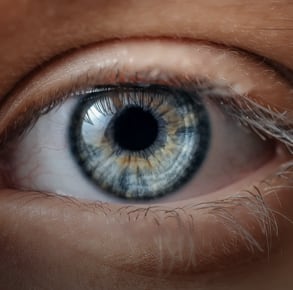
Dry Eye
Disease

Contact Lens
Exams

Myopia
Control
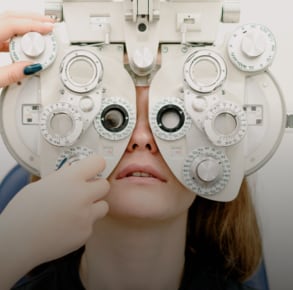
Eye Disease Diagnosis
& Management
Our Google Reviews
“The staff is incredibly nice and helpful. I’ve been going here for years, I’ve even tried other eye doctors but always end up going back here because the services here are better than any other I’ve received in other places. Dr. Kapoor is an amazing person and makes going to the eye doctors seem like a much less uncomfortable place to be.” -Michelle P
Our Blogs
Eyecare Myth: You Only Need an Eye Exam When There’s a Problem
Eye CareSince working at Kapoor Eye Care, I have seen patients who come in and haven’t had an eye exam in over 10, 15, or even 20 years. This is a major problem because many diseases can develop with no symptoms, and when these diseases manifest they can be detrimental to a person’s eyesight. For children, […]
Electroretinography (ERG): An Integral Part of Eye Health Evaluation
Eye CareThe eye is a very complex organ. Besides being the organ of vision, many problems can occur with it. According to the American Optometric Association, comprehensive eye exams can “identify early warning signs and manifestations” of over 270 diseases, including diabetes, cancers, cardiovascular disease, and much more. This means that using the correct diagnostic tests […]
Introducing our Newest Treatment for Dry Eyes: iLight Low Level Light Therapy (LLLT)
Eye CareIf your eyes burn, itch, sting, or feel inflamed, then LLLT may be right for you! In a world with devices everywhere, dry eye disease (DED) has increased exponentially around the world. Apart from screens, burning, stinging, and itching of the eyes because of DED can also be caused by aging and medication, among other […]
Eyecare Myth: You Only Need an Eye Exam When There’s a Problem
Since working at Kapoor Eye Care, I have seen patients who come in and haven’t had an eye exam in over 10, 15, or even 20 years. This is a major problem because many diseases can develop with no symptoms, and when these diseases manifest they can be detrimental to a person’s eyesight. For children, […]
Electroretinography (ERG): An Integral Part of Eye Health Evaluation
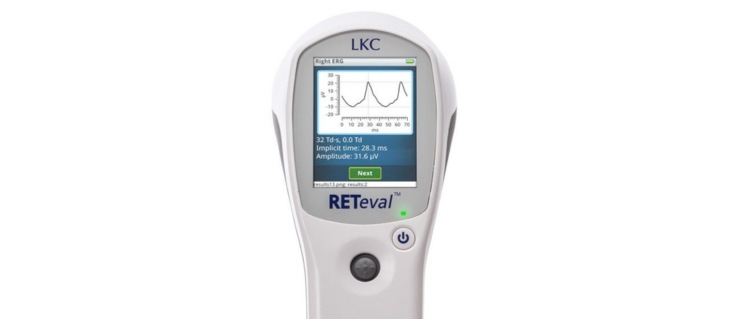
The eye is a very complex organ. Besides being the organ of vision, many problems can occur with it. According to the American Optometric Association, comprehensive eye exams can “identify early warning signs and manifestations” of over 270 diseases, including diabetes, cancers, cardiovascular disease, and much more. This means that using the correct diagnostic tests […]
Introducing our Newest Treatment for Dry Eyes: iLight Low Level Light Therapy (LLLT)
If your eyes burn, itch, sting, or feel inflamed, then LLLT may be right for you! In a world with devices everywhere, dry eye disease (DED) has increased exponentially around the world. Apart from screens, burning, stinging, and itching of the eyes because of DED can also be caused by aging and medication, among other […]
